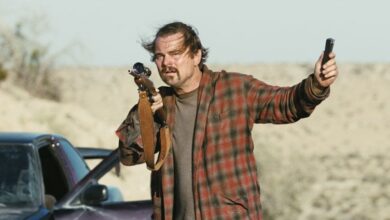Taylor Swift Regains Ownership of Her Music Catalog After Years of Battle

Taylor Swift, the global superstar behind hits like “Karma,” has officially regained full ownership of her music catalog nearly six years after it was sold to Scooter Braun in 2019. This milestone grants her control over the masters of her first six albums, marking a triumphant moment in her career.
On May 30, Taylor shared an emotional letter with her fans announcing the news. She described the journey as a long-awaited dream finally realized after years of hoping and setbacks. “All of the music I’ve ever made now belongs to me,” she wrote, emphasizing that the ownership also includes her music videos, concert films, album art, unreleased songs, and all the memories tied to her work.
The conflict began in June 2019 when Scooter Braun’s company, Ithaca Holdings, acquired Big Machine Records, the label that originally signed Taylor Swift in 2005. This acquisition gave Braun control over the masters of her early albums: Taylor Swift (2006), Fearless (2008), Speak Now (2010), Red (2012), 1989 (2014), and Reputation (2017). Since then, Taylor has actively re-recorded and re-released Fearless, Red, Speak Now, and 1989 under “Taylor’s Version,” winning strong support from her fans.
In her letter, Taylor expressed deep gratitude to her fans for their unwavering support, which helped fuel the success of her Eras Tour and enabled her to buy back her music. She also thanked Shamrock Capital for facilitating the deal, describing the process as honest and respectful, recognizing the personal significance of her work.
Addressing speculation about a re-recording of Reputation (Taylor’s Version), Taylor admitted that she has not yet completed it. She explained that the album is deeply tied to a specific period in her life, making it challenging to revisit. Nevertheless, she remains open to releasing unreleased tracks in the future, but only when the time feels right.
See More ...
Taylor’s victory has sparked important conversations within the music industry about artists’ rights to own their master recordings. She thanked her fans for engaging in these discussions, highlighting how crucial it is for artists to have control over their creative work.
This announcement marks a defining moment in Taylor Swift’s career and in the broader movement for artists’ ownership and creative freedom.




